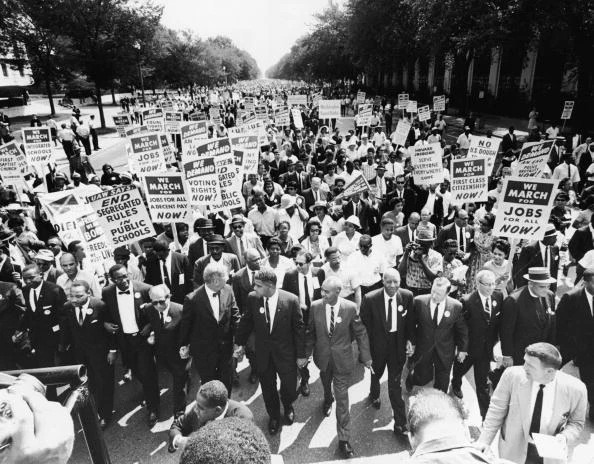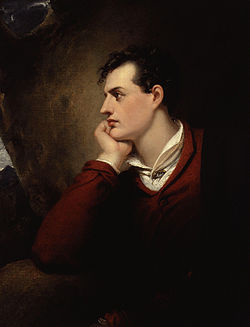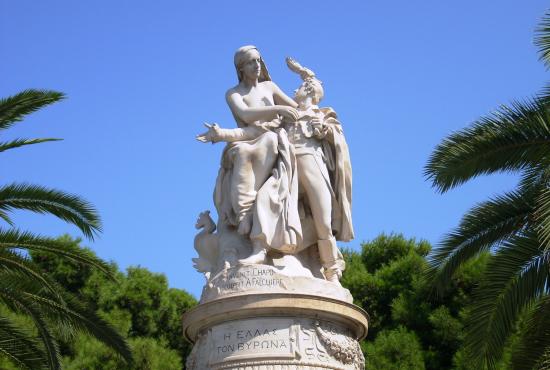 From unwitting civil rights figurehead to evangelical outcast, Robert Allen Zimmerman and his divergent ideologies have had a profound effect on contemporary popular culture. With a sound planted firmly between the folk music of late 1940s America and the birth of 50s rock-‘n’-roll, Bob Dylan (as Zimmerman would come to be known) embedded himself into the psyche of 1960s America…
From unwitting civil rights figurehead to evangelical outcast, Robert Allen Zimmerman and his divergent ideologies have had a profound effect on contemporary popular culture. With a sound planted firmly between the folk music of late 1940s America and the birth of 50s rock-‘n’-roll, Bob Dylan (as Zimmerman would come to be known) embedded himself into the psyche of 1960s America…
Dylan was born in Duluth and later raised in Hibbing, both small and bitterly cold Minnesotan cities near the western shoreline of Lake Superior, largest of the 5 ‘great lakes’ of North America and largest freshwater lake in the world by surface area. Notoriously vast and full of toxic rubbish, much like other more animated inhabitants of the US, the lakes were a huge factor in local industry. Dylan had a healthy Jewish upbringing, hinged upon the family values and solid moral base of the area’s tight-knit Jewish community. He was addicted to the radio and developed a healthy obsession with a number of bands that would mould his ambitions. He began writing poetry at the early age of 8, later learning to play the piano and the other instruments that would become a part of his legend: the guitar and harmonica.
Zimmerman first started introducing himself as ‘Bob Dylan’ during his study at the University of Minnesota in Minneapolis. He performed on the local folk-dominated ‘Dinkytown’ music circuit, honing his abilities as a performer and discovering an affinity with folk music rooted in the truth of its subject matter. Ever the poet, Dylan preferred this to the superficiality of rock ‘n’ roll, terming its repetitive catch-phrases and rhythms as un-’serious’. Despite this early preference, he would later go on to marry the two and redefine the parameters of popular music with the help of bands such as The Beatles and The Rolling Stones. Dylan dropped out of college, through disinterest in academia as much as musical ambition, moving to New York to perform in its folk clubs and meet his folk-musician hero Woody Guthrie. The nature of his relationship with Guthrie seems to mark a turning point in Dylan’s attitude toward music, his childhood hero being terminally ill with Huntington’s disease at the time. This first real encounter with death, in particular associated with someone who’s life was reflective of his own ambition, stirred a sense of morality that would dominate the records that he produced in the early-60s. Another important contributive factor to his political awareness was girlfriend at the time, Suze Rotolo, a high-minded activist whose parents had been political radicals even during the McCarthy era, which is a bit like being a racist footballer by today’s terms, only in this analogy the FA is replaced by a psychopathic xenophobe. Sepp Blatter, replace the FA with Sepp Blatter and you will understand the analogy.
In 1963, Dylan moved from reproducing classic blues and folk songs to creating original compositions. With a natural flare for lyricism, the vocal dimensions of a wasp humping sandpaper and a political relevance inspired by his hero Guthrie, Dylan became a prominent figure in the emerging civil rights movement. With his friend, contemporary and later lover, Joan Baez, he performed at many rallies and was involved in the 1963 ‘March on Washington’, an unprecedented rally into the capital involving over 200,000 protesters. This march set the scene for Martin Luther King’s famous speech: “I have a dream…”, and was a turning point in the protest for civil rights reform. By the end of 1963, however, Dylan felt caricatured by the movement and claimed a lack of interest, perhaps even disillusionment, with the politics that surrounded such civil unrest. The song ‘It Ain’t Me Babe’ exemplifies this disillusionment, a thinly disguised rejection of the reputation and power that was conferred on him by being the voice of a generation. His music began to take a different direction, enjoying a short-lived and mutually influential relationship with The Beatles and subsequently starting to write rock ‘n’ roll that would solidify his popularity in musical terms and rapidly shift the trend of pop music at the time. This set a standard of diversity and erratic ideology that his music would repeatedly reflect, his own dream having been confused and warped by the slavish attention the USA was paying to King’s.
The March on Washington, 1963
Throughout the late 60s and early 70s Dylan was a prolific yet unpredictable songwriter. After a profound reaction to a motorcycle crash and an exhaustive succession of shows on the back of commercial hits ‘Blonde on Blonde’ and ‘Highway 61 Revisited’, Dylan stopped touring for 8 years. Curtailing his reported addiction to amphetamines and brief but vivid encounters with heroin, Dylan had 4 children with his secret wife Sara Lownds. It is understood that Dylan did not take well to the pressure of worldwide fame, particularly disliking the deep division between the members of his fan-base. Those who appreciated the folky, politically aware Dylan and those who enjoyed his popular rock ‘n’ roll were famously at odds and his concerts represented this division (one hour unplugged followed by an hour of intense electric guitar). Dylan didn’t think there was an issue with appreciating both sides of his musical vocabulary, the poetic and personal content of his lyricism remaining present on all his records, however it seems this led to a confused period in Dylan’s life and ambitions.
The most dramatic change in Dylan’s personal ideology, and as such the most dramatic change in the topic of his songwriting, was a late-70s phase of born-again Christianity. Apportioning himself redemption from an early adulthood in which he stood as an iconoclastic spearhead of civil revolution, Dylan’s rejection of this Christ-like role seemed to turn full circle. Releasing two albums of gospel music that alienated a massive proportion of his fanbase, Dylan finally wanted to preach to the world at the exact moment they decided to stop listening. Never fully renouncing his faith in Jesus, but quickly returning to secular songwriting, Dylan’s confusing patterns of thought are typical of the unwitting hero: someone who is thrust into great circumstances, does great things and yet doesn’t fully appreciate or understand his own motives.
His songs, and the influence they had in questioning the social elite and dogmatic injustices of 20th century America, far outweigh the sum of their parts. Perhaps his own well-publicised attempts to interpret a personal morality are reflective of what a society must do so as not to blindly follow a political regime or caricature, constantly reassess its moral values. In that sense, his rejection of such adulation thrust upon him by the civil rights movement neatly represents his suspicion of authority. Only someone possessed by the revolutionary spark of youth could be so subconsciously wise, his music condensed fragments of a particularly interesting slice of history. Still alive today and consistently reinventing his musical style, Dylan recently released the album ‘Tempest’ to critical acclaim, influencing another generation with his wit and invention.




